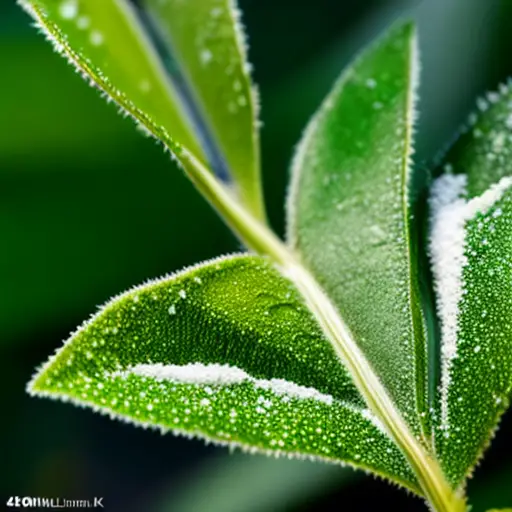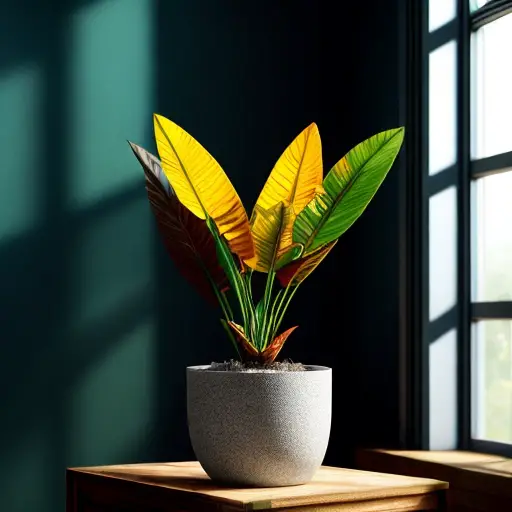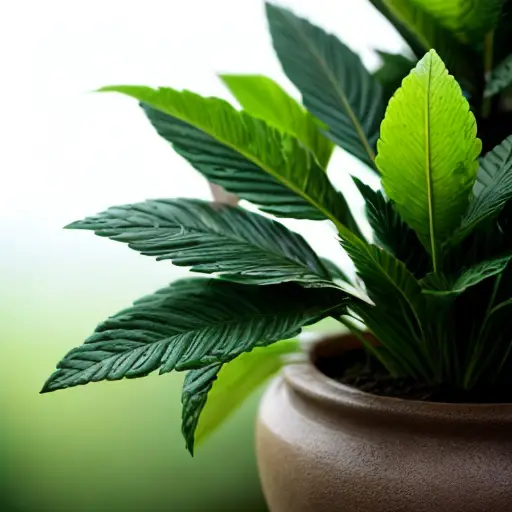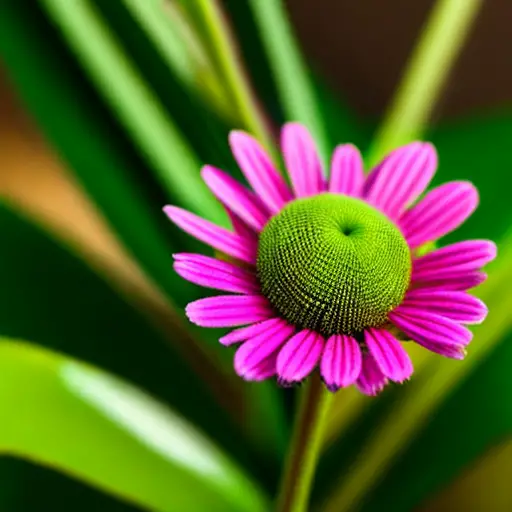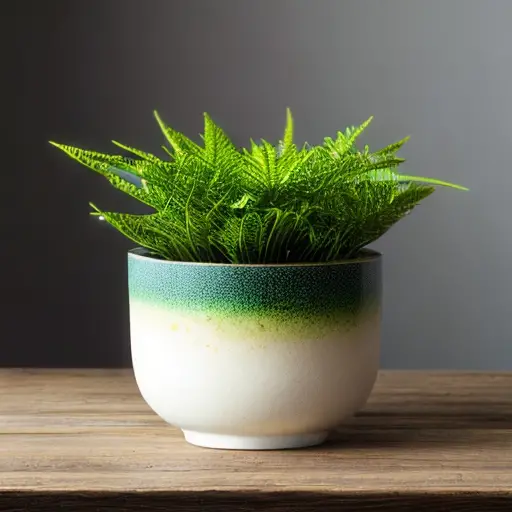Getting Rid of Powdery Mildew on Plants Made Easy
Understanding Powdery Mildew: Symptoms
Oh, powdery mildew, the bane of every gardener’s existence. Just when you think your plants are thriving and happy, along comes this pesky fungus to spoil the party. So, how do you know if you’ve got a case of powdery mildew? Well, first off, your plants will start looking like they took a trip to a flour factory. Yup, a tell-tale sign of this sneaky disease is a powdery white coating on the leaves, stems, and even the flowers. It’s like someone sprinkled baby powder all over them, without the delightful smell. So, if your plants are rocking the ’90s grunge look, it’s time to take action and kick that powdery menace to the curb.
Causes
An interesting fact about getting rid of powdery mildew on plants is that a common and effective home remedy for this fungal infection is using milk. Milk contains proteins and enzymes that can inhibit the growth of powdery mildew spores and prevent its spread on plants. Mixing one part milk with nine parts water and spraying this solution on infected plants can help eliminate powdery mildew. The mild acidic nature of milk also helps to lower the pH level on plant leaves, making it unfavorable for the fungus to thrive.
Causes, oh dear causes, the culprits behind powdery mildew on our beloved plants. Quite the sneaky troublemakers they are, lurking in the shadows, just waiting for the perfect conditions to strike. These fungal fiends thrive in warm and humid environments, like a delightful day at the beach for them, while our poor plants suffer like awkward tourists in socks with sandals. But fear not, fellow green thumbs! We shan’t let these troublemakers ruin our botanical paradise. With a little bit of vigilance, proper air circulation, and avoiding the urge to overwater like our plants are on a tropical vacation, we can kick powdery mildew to the curb with a hearty laugh and a green thumb raised triumphantly towards the sky!
and Plant Susceptibility

So, you’ve finally decided to embrace your green thumb and become a plant parent. Congratulations! However, your journey to plant parenthood has hit a rather powdery roadblock – powdery mildew. Ah yes, the bane of many plant enthusiasts’ existence. It’s like the clingy ex who just won’t leave you alone, except this time it’s on your beautiful plants, not your phone. It’s almost as if these pesky white dust-like spots have some sort of vendetta against your leafy companions, determined to make them look like they just had a wild night out at an all-you-can-eat powdered sugar buffet. Well, fear not, my gardener friend, for I have some tips to help you bid adieu to this fungal fiend and restore your plants to their former glory!
First things first, let’s talk about plant susceptibility. It’s like a game of hide-and-seek that plants didn’t sign up for. Some plants, bless their little chlorophyll-filled hearts, are more prone to powdery mildew than others. Roses and lilacs, for instance, seem to be the designated targets of this fungal menace. It’s like they have a big neon sign on them that screams, ‘Hey, powdery mildew, come on over and make yourself at home!’ Other plants, however, seem to have built an impenetrable fortress that keeps this unwelcome guest at bay. Take the sturdy impatiens, for example. These flowers have seemingly mastered the art of resistance, laughing in the face of powdery mildew as it tries to infiltrate their beautiful blooms. So, if you’re looking for plants to fill your garden that won’t fall victim to powdery mildew, take a cue from the impatiens and find some hardy companions that can withstand this fungal folly.
Now, let’s dive into the battle plan for banishing powdery mildew once it has made its unwelcome appearance. Prevention is key, my dear plant parent. As they say, the best offense is a good defense. Make sure your plants have adequate airflow, plenty of sunshine, and a little extra personal space. Seriously, don’t crowd them like people at a Black Friday sale, but give them some room to breathe! Fungus loves cramped spaces just as much as shoppers love a good bargain. If prevention fails and powdery mildew takes up residence on your plants, fear not, for there are weapons at your disposal. Treatments range from natural remedies like a garlic-infused spray or a milk-water solution to more conventional fungicides. Choose your weapon wisely, my friend.
But here’s a little secret I’ve discovered on my journey through the mystical realm of powdery mildew eradication – humor. Yes, you read that correctly. Humor can be a powerful ally in your quest to rid your plants of this pesky fungus. Picture yourself as a knight, battling the forces of darkness. You don your armor (or an old t-shirt and gardening gloves will do) and grab your trusty garlic spray (or a water bottle if you’re fresh out of garlic). As you spray down your plants, imagine you’re a superhero, protecting them from this villainous fungus. Give your plants confidence with a pep talk, assuring them that they are strong and resilient, that together you will conquer the powdery mildew and come out victorious! Remember, laughter is the best medicine for both humans and plants. So, armed with knowledge, prevention, and a good sense of humor, my brave plant parent, go forth and banish the powdery mildew, one antifungal spray at a time!
Prevention is Key: Effective Strategies to Minimize Powdery Mildew Infestation
Did you know that one of the most effective natural solutions to get rid of powdery mildew on plants is…milk? That’s right, a mixture of milk and water can be sprayed onto the affected plants to combat this fungal infection. The proteins and enzymes in milk form a natural antifungal agent, providing a simple and quirky way to protect your plants!
Ah, powdery mildew, every gardener’s frenemy. It’s like that one guest who shows up uninvited to a party and refuses to leave. But fear not, my fellow plant enthusiasts, for I bring you the holy grail of powdery mildew eradication strategies. Prevention, my friends, is the key to avoiding this pesky fungus. First, let’s talk air circulation. I know, I know, your plants don’t need a fancy Salsa dance every night, but trust me, a little breeze goes a long way in preventing mildew. Next up, cleanliness is next to godliness. Don’t let your plants embrace their inner slobs. Keep them tidy and well-groomed, just like a well-behaved poodle in Paris. Lastly, it’s time to flex your biceps and flex those pruning shears. Remove any infected leaves with the grace of a ninja when you spot them, and rest assured, your plants won’t be hosting any mildew soirées anytime soon. So, my dear green thumbs, remember, prevention is not just a strategy for avoiding awkward encounters at parties, but also your weapon to keep powdery mildew in check. Happy gardening, and may your plants remain mildew-free!

